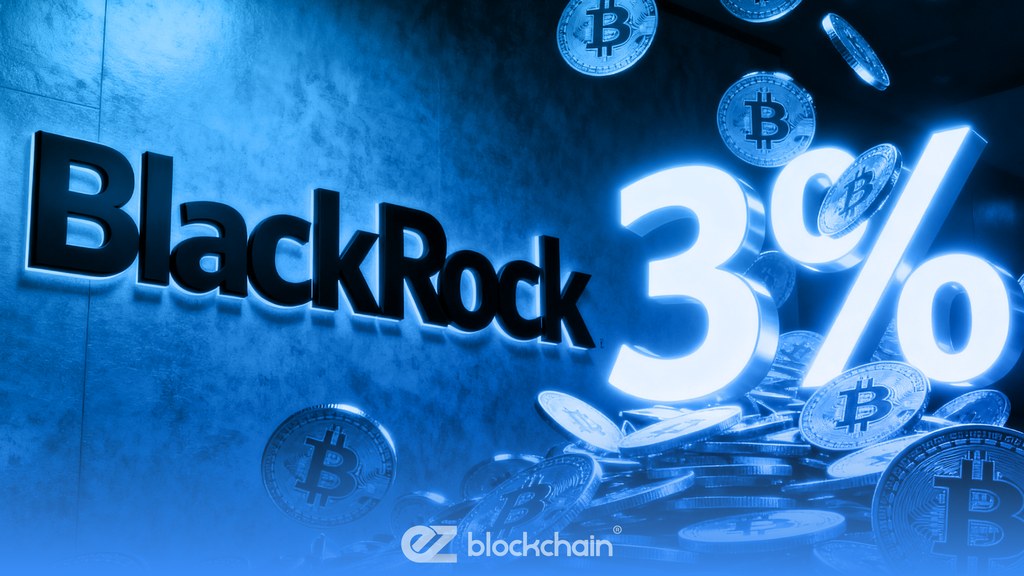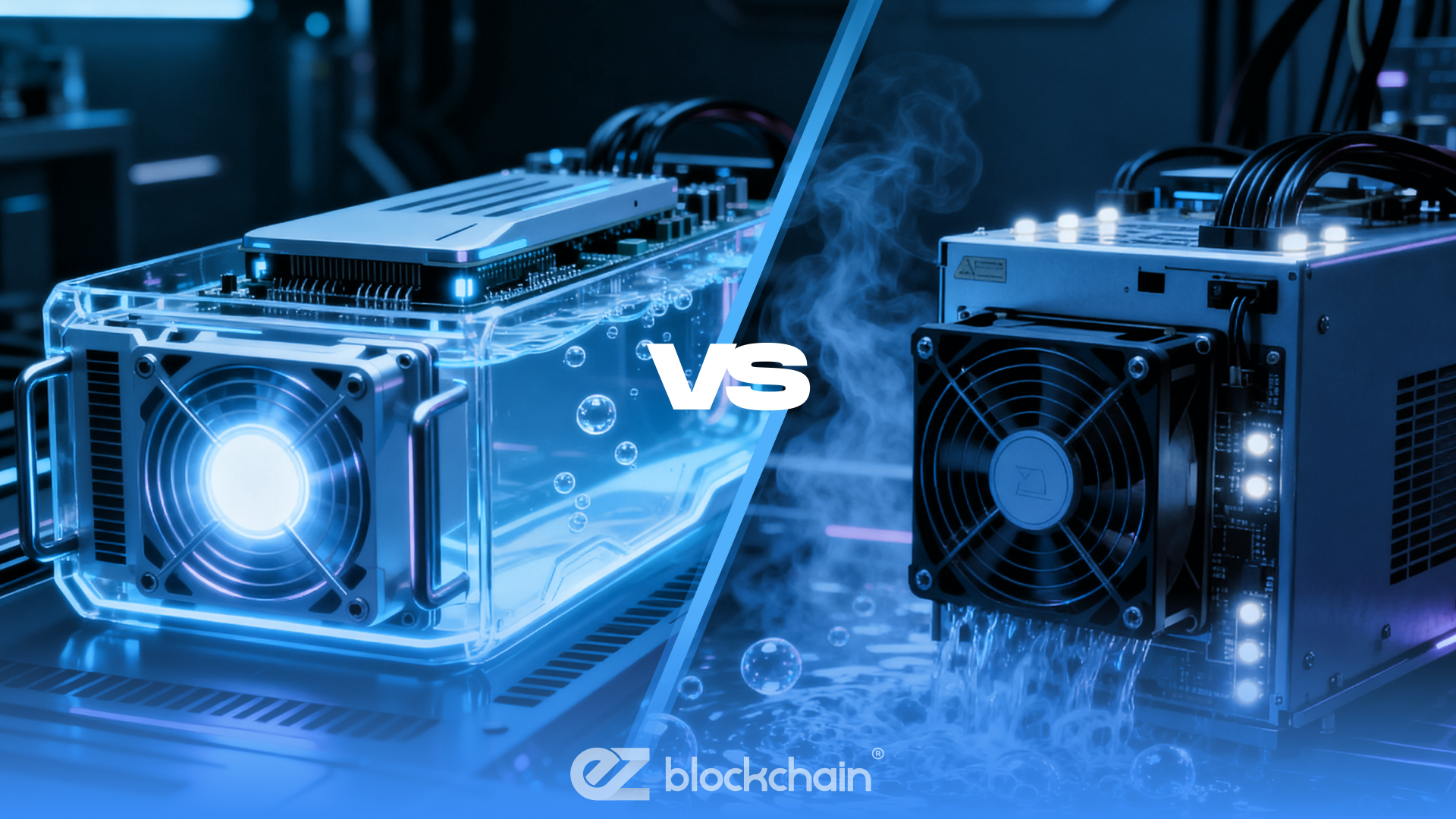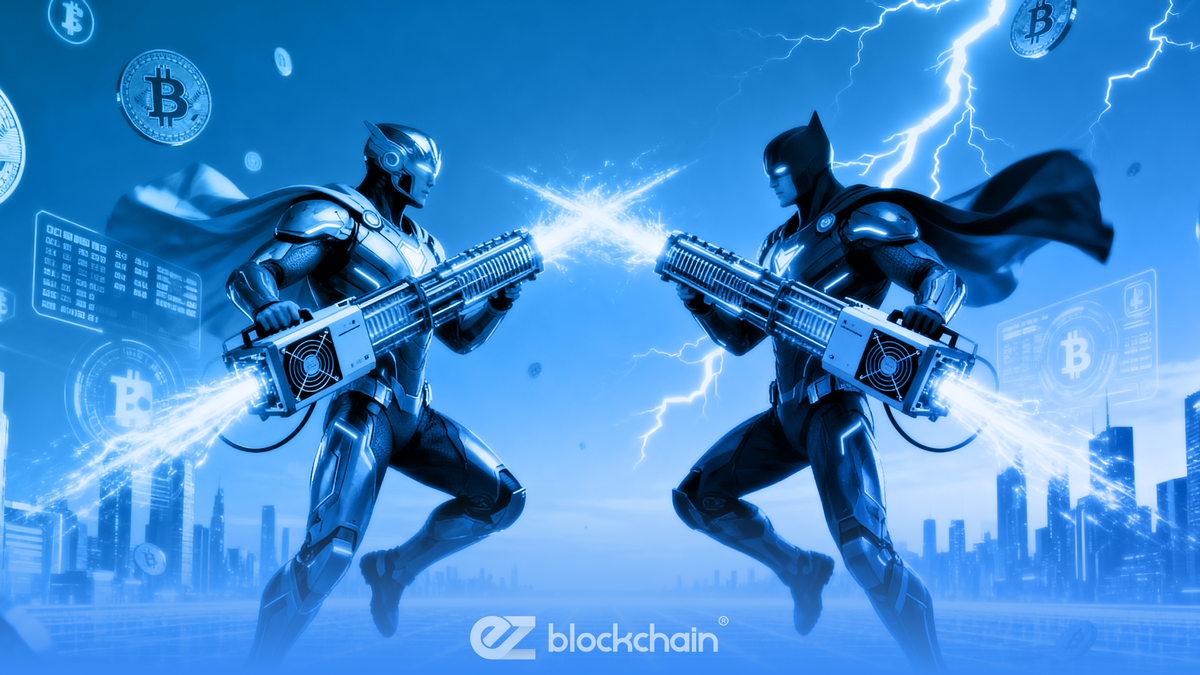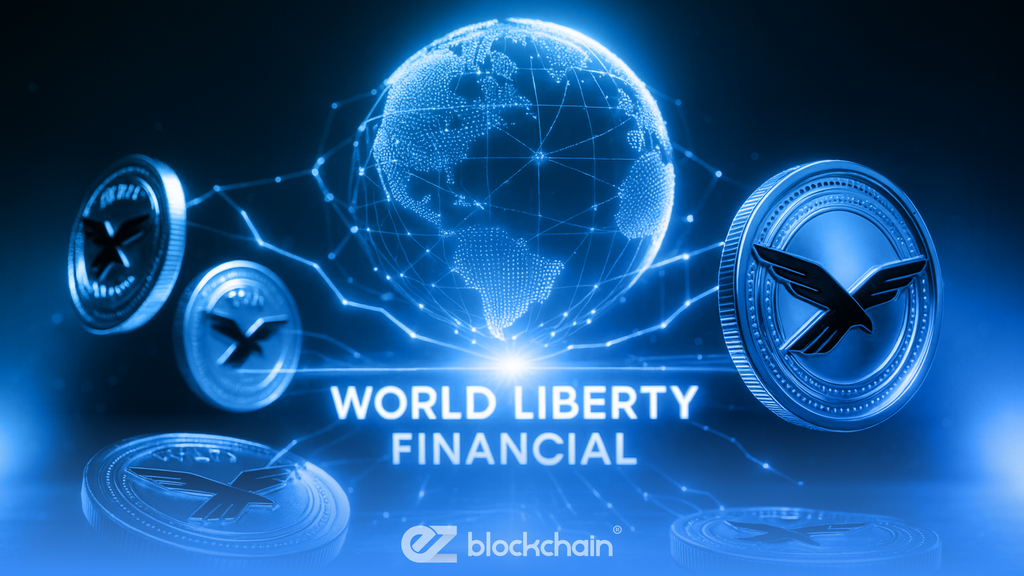Stay up to date with the latest news, announcements, and articles.
- Bitcoin’s Limited Supply and Scarcity
- What Other Factors Influence Bitcoin’s Price?
- Market Demand and Investor Sentiment
- Media Coverage and Hype Cycles
- Institutional Adoption and Corporate Buying
- Macro Events and Economic Uncertainty
- The Role of Mining Costs in Bitcoin’s Price
- How Bitcoin Halving Affects the Price Over Time
- Is Bitcoin Backed by Anything?
- Speculation vs. Real-World Use: What Really Drives Value?
Even in its poorest and the most unstable of times, everybody is out to get their hands on even a fraction of the BTC. It is the most diversely monetizable blockchain network with high block rewards and higher profitability margins.
This brings us to the question — why is Bitcoin so expensive in the first place? Where does its value take roots, and how come it is so consistent? Let’s try and figure it out.

Bitcoin’s Limited Supply and Scarcity
What makes Bitcoin so expensive? Above all else, the hard cap on the mint of BTC coins, which automatically makes them a desirable, valuable asset. The limited supply is capped at twenty-one million coins — no more, no less of the Bitcoin was ever generated. On top of that, a major share of the BTC available for mining, nearly 90%, has already been mined.
Thus, the remaining supply becomes more rare and. It is constantly climbing in value. To keep this in check, stimulate the competition amongst miners, and not let all the coins get mined out too fast, the regular halving is conducted.
About every four years, once a certain threshold of solved blocks is reached in the BTC network, the halving mechanism cuts block rewards in half, reducing how fast new BTC enters circulation, intensifying its scarcity.
What Other Factors Influence Bitcoin’s Price?
In order to fully understand why Bitcoin is so expensive, we should review the main factors that shape its price as a whole.
Market Demand and Investor Sentiment
Bitcoin’s price isn’t decided by technology only — in fact, it is a great reflection of the collective mood and FOMO. As more individuals and institutions want to own Bitcoin, demand grows, and so does the price. When demand retracts, prices follow down.
In late 2020 and early 2021, a wave of institutional purchases, especially from companies like MicroStrategy and Tesla, helped drive Bitcoin from around $10,000 to over $60,000 in price. This is how much investor demand can shape the market movement.
Throw in retail sentiment on top of that. Peaks in price can be pushed by bullish sentiment on social media or hype cycles that fuel the fear of missing out. The most expensive cryptocurrency after Bitcoin is Ethereum, which stimulates the hype by being used in dozens of dApps and crypto projects.
Media Coverage and Hype Cycles
Media narratives, social media, and influencers can really direct and shift crypto investor sentiment. Bitcoin lives in the public eye, and media narratives can trigger instant emotional responses. Bullish headlines — like the recent “Bitcoin ETF approved” — can easily spark a new buying frenzy. In turn, negative press about regulation or scams can provoke sell-offs.
Some research into investor behavior patterns shows how online platforms can amplify such hype/anti-hype cycles: positive buzz creates confidence, which draws more investors. Thanks to that, new feedback loops appear, stimulating the market dynamics.
Institutional Adoption and Corporate Buying
Bitcoin’s inherent speculative nature is no more thanks to the persistent institutional interest in the coin. Particularly, newly-legislated spot Bitcoin ETFs unlocked huge crypto investment inflows from RIAs, hedge funds, and pensions.
As of mid-2025, US spot ETFs garnered $14.8 billion in net inflows, propelling Bitcoin to all-time highs above $123,000. This trend reinforces both liquidity and legitimacy of the coin. Citigroup analysts now believe that user adoption and ETF flows, not mining costs or scarcity ratios, are the most influential drivers of Bitcoin’s price.
Macro Events and Economic Uncertainty
Bitcoin’s new potential as a hedge asset grows during economic instabilities. For instance, in May 2025, Bitcoin jumped to almost $110,000, pushed by all the institutional flows, regulatory clarity, and a weakening dollar.
Furthermore, macro occurrences like high inflation, geopolitical turbulence, or interest rate shifts can also make investors seek “salvation” in Bitcoin. Namely, they use the coin to diversify investment portfolios and have inflation-resistant assets in place.

The Role of Mining Costs in Bitcoin’s Price
The question: how did Bitcoin get so expensive? may be answered by all the mining competition that’s been shaping the coin’s destiny.
Miners incur real-world costs, investing in the required hardware, electricity, and mining infrastructure. There is a common argument that these costs establish a price floor, as prices below this threshold make mining economically unviable.
However, several studies counter this notion, showing that mining costs tend to follow market price changes, not lead them. According to the econometric analyses, mining becomes unprofitable only after prices drop, meaning cost doesn’t drive price, but reacts to it.
A dynamic feedback loop often emerges: when Bitcoin’s price falls, weaker miners power down rigs, difficulty drops, and profitability rebounds, thus rebalancing costs and returns.
How Bitcoin Halving Affects the Price Over Time
When was Bitcoin the most expensive? Before all the halving — imagine getting a one-to-one full-price reward for mining out a block. Even with lower historical BTC prices, that would be like buying gold before it goes up in price.
The market is moved by each halving — traders must prepare and plan for upcoming halving cycles, during which the price volatility is peaking, and redirect capital attention across crypto markets. Halvings also reduce new coin supply, which is why Bitcoin is increasingly deemed “digital gold”.
Still, price movement isn’t guaranteed. For example, after the 2024 halving, investor enthusiasm initially spiked, but the prices mostly pulled back shortly after.

Is Bitcoin Backed by Anything?
Unlike fiat currencies (backed by governments) or gold (physical asset), Bitcoin is backed only by trust in its protocol — a decentralized, mathematically secured, censorship-resistant network. Its value originates from scarcity, cryptographic security, and network consensus.
There is no backing by gold or government guarantees — yet, it’s underpinned by a different kind of value foundation: trust in its protocol, which rests on:
- Decentralization: No central authority can alter Bitcoin’s fixed supply or rules.
- Scarcity: Only 21 million BTC will ever exist.
- Security: Cryptographic mechanisms and proof-of-work secure the ledger.
- Incentives: The system self-enforces through mining rewards and network consensus.
Speculation vs. Real-World Use: What Really Drives Value?
Lastly, both speculative and functional angles of Bitcoin impact its overall value and price. There is still a lot of psychology to all the BTC volatility and chain shifts. However, the emerging easing policies, widespread adoption, and practical applications also drive the coin’s demand and cost.
To sum up;
- Speculative drivers — Price is heavily influenced by investor psychology, future expectations, and headlines.
- Practical potential — BTC enables peer-to-peer global payments without intermediaries and is used for treasury management by businesses. Its divisibility, transferability, and censorship resistance offer a unique range of application.
To make figuring out how is Bitcoin so expensive even easier, here are the summed up pricing factors and how each works.
| Price-shaping factor | How it works |
| Fixed supply and halvings | Creates controlled scarcity, akin to digital gold |
| Demand and sentiment | Price rises and falls reflect shifting investor confidence and narratives |
| Institutional support | Adds credibility, volume, and steadier long-term buying power |
| Mining economics | Input costs may form natural support levels |
| Perceived utility | BTC’s technical and financial features hold long-term value beyond speculative use cases |
| Global macro trends | Economic instability can turn the crypto capital into perceived safe or inflation-resistant assets |
As you can see, the dynamics of Bitcoin’s price really stem from a smart design (limited supply), market psychology, institutional perception, and real-world applications. As global attention and use continue, price dynamics will be set by the market’s fundamentals, sentiment, and structural milestones.
Got more questions left? Talk to professionals at EZ Blockchain — consult the next steps, order hardware, and gain support for new mining initiatives.
Fill out a form and our bitcoin mining expert will contact you.
FREE CONSULTATIONchoose
a miner
profit and
understand data?
business remotely
with EZ Blockchain?
Fill out a form and our bitcoin mining expert will contact you.









